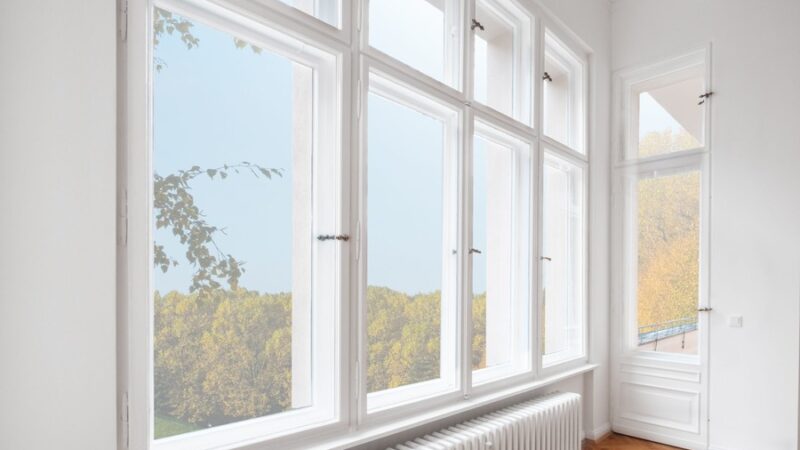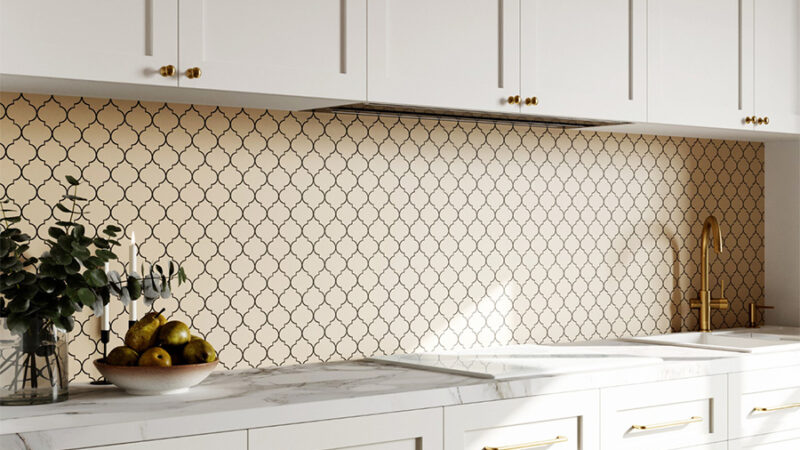Adding a swimming pool to your house is a great way to upgrade its aesthetic and provide a multipurpose space for fun, fitness, and relaxation. Yet, even the best-kept pools eventually have flaws from the elements. Pool resurfacing is a typical problem that many pool owners have. In order to keep your pool looking good and functioning properly, resurfacing it is sometimes required. We’ll go over the reasons for this in this article.
When Is It Time to Resurface the Pool?
This is the first and most noticeable indicator that your custom pools Las Vegas needs to be resurfaced. The inside surface of your pool is degrading if you notice cracks, chips, and plaster that is peeling or flaking. Ignoring these problems can worsen the pool’s aesthetics and perhaps cause leaks if not fixed promptly.
Surface Discoloration or Fading
If your pool’s surface develops stubborn stains, discoloration, or fades, it could be a sign of worse issues. The unsightliness and difficulty of removing these stains, which can be brought about by minerals, algae, or chemical imbalances, sometimes necessitates resurfacing in order to attain a clean and new appearance.
The surface of the pool should not be rough, abrasive, or uneven; this is because it can be unpleasant for swimmers and a sign that the internal finish of the pool has worn down. The pool’s surface can be resurfaced to make it smooth and comfortable again.
Wear and Tear
The materials chosen and amount of upkeep determine how long a pool’s interior finish lasts. Pebble or quartz finishes can endure far longer than conventional plaster, which typically only lasts 5–15 years. It may be essential to resurface your pool if the surface is approaching the end of its lifecycle in order to avoid more serious damage.
What is the Importance of Resurfacing a Pool?
Restoring the pool’s attractiveness is the main goal of pool resurfacing. The surface of the pool might develop discoloration, stains, cracks, and chips with the passage of time. You may improve the aesthetic value of your outdoor area and give your pool a new look by resurfacing it.
Maintain Structural Integrity
Ignoring damaged pool surfaces might result in far worse structural problems down the road. Water can seep into the pool’s structure through surface cracks and leaks, harming the pool’s shell and foundation. By filling up any cracks or crevices that could let water in, resurfacing helps keep the pool’s structure in good repair.
Pools with rough or uneven surfaces aren’t only unsafe for swimmers; they’re also unpleasant. By smoothing out the pool’s interior, resurfacing makes swimming and other water activities more pleasant for people of all ages.
Keep Bacteria and Algae at Bay
Pool surface stains and discolouration can be caused by bacterial and algae growth. Resurfacing not only gets rid of those pesky imperfections, but it also makes the surface cleaner and less inviting to germs.
Conclusion
Resurfacing your pool is an important preventative maintenance measure for your pool’s safety, beauty, and lifespan. Resurfacing your pool at the right moment can restore its lustre and extend its useful life, so it’s worth considering if your pool is showing indications of wear and tear or if the surface has reached the end of its existence. Talk to an expert pool contractor who can evaluate your pool’s state and advise you on the best course of action to resurface your pool if you’re not sure when it’s necessary.







